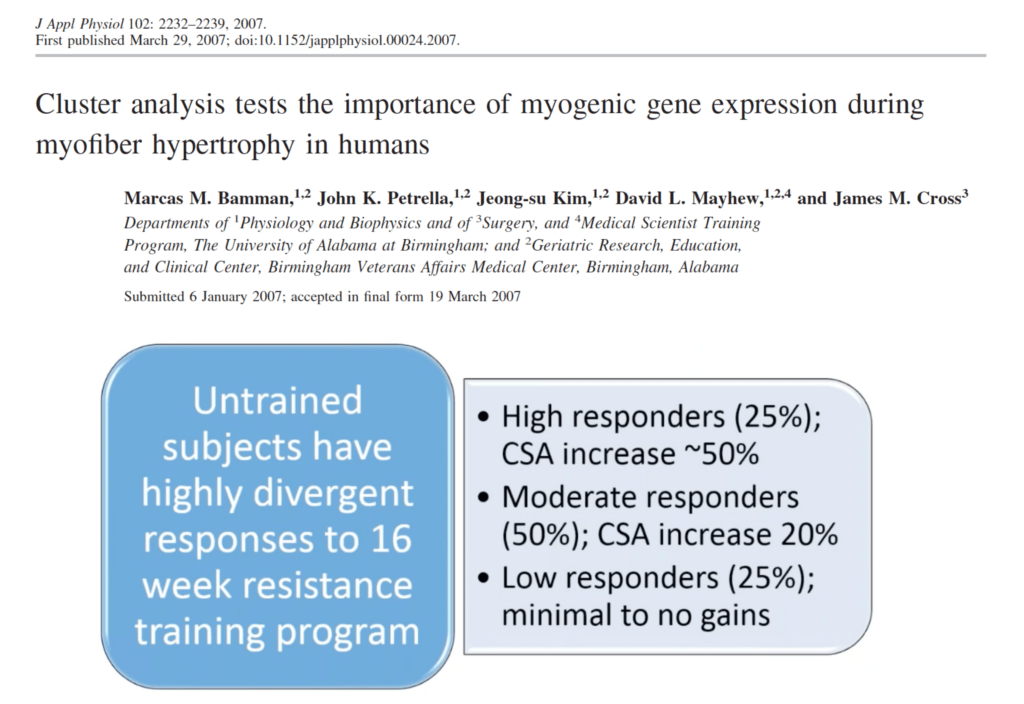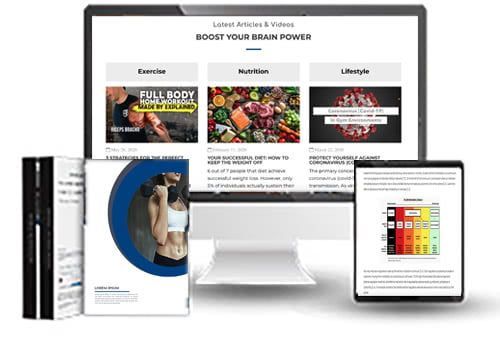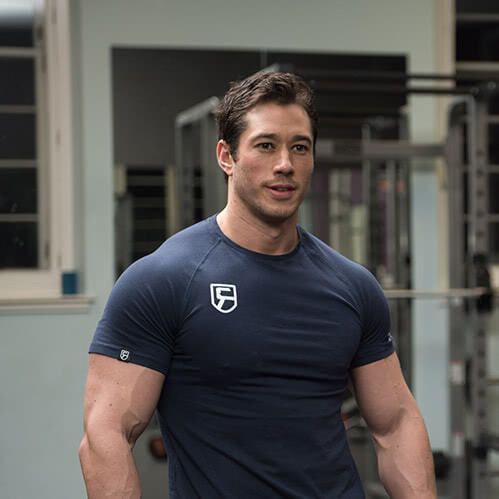
YOUR FITNESS BLOG
How To Design Effective Home Workouts
Introduction
Home workouts have become an important lifestyle transition for many as a response to coronavirus lockdown. For individuals with established workout routines, gym closures and limitations on outdoor exercise have forced people to adapt their exercise to a home setting. With limited, if any, access to exercise equipment, transitioning from gym to home workouts can certainly offer its challenges in finding and progressing exercises. For many individuals working remotely from home, or ceasing work completely, these current circumstances also open new opportunity to initiate exercise routines to improve health or fitness. Whether the course of action is to continue already established workout routines, or initiate new exercise routines, these 4 home workout guidelines should be considered to ensure progress is made toward the desire objective.
Home Workout Guidelines
Guideline 1: Apply This Basic Exercise Principle
Basic exercise principles refer to fundamental concepts or laws in exercise that govern the way the body responds. These concepts are rooted in human biology and remain unchanged regardless of the setting. One of the most important exercise principles is called the principle of overload. Overload refers to applying a load (i.e. stimulus) that is greater than the habitual level [6]. For positive physical or physiological change to occur, overload within an exercise must occur [6]. Overload can be achieved in multiple ways, including [5, 6]:
- Increasing the amount of resistance
- Performing more repetitions
- Performing more sets
- Increasing range of movement
- Slowing the speed at which the exercise is performed or adding pauses
- Changing the exercise completely
When overload is applied, a positive adaptation occurs, whereby the body adjusts to the stimulus being imposed [6]. This adaptive response can result in the body becoming stronger, fitter, and more muscular. If the stimulus being imposed (i.e. resistance, repetitions, sets) remains unchanged over time, there is no impetus for the body to adapt, therefore no physical or physiological improvement will ensue [6]. For home workouts, the principle of overload is still very much applicable. Increasing the resistance of an implement such as a dumbbell or kettlebell may not be feasible if equipment is limited. Therefore, applying other forms of overload may be required in home workouts, such as increasing the number of repetitions performed or range of movement within an exercise.
Guideline 2: Gradually Build Intensity of Effort
Intensity of effort refers to the level of effort exerted in each set [3]. In the context of muscle development, research demonstrates that muscle can be gained by using either high repetitions (i.e. more that 20) or low repetitions (i.e. less that 6) as well as light weights or heavy weights [2, 3, 4]. The reasoning relates to muscle fibres and how muscle fibres are activated during exercise [2, 3]. In a previous blog post, the role of muscle fibre recruitment was discussed in more detail and shown to be critical in the context of muscle development. In that article, it was explained how muscle growth is predicated on the body’s ability to recruit as many muscle fibres as possible. This can be accomplished in two ways [3]:
- Lift heavy weights
- Perform repetitions to the point close to failure (the point where no more repetitions can be completed)
When heavy weights are lifted, defined by lifting 1-5 maximal repetitions in an given exercise, all muscle fibres are recruited because high amounts of force are required to lift the weight [3]. This explains why lifting heavy weights can be effective for developing muscle [2, 3, 4]]. With light or moderate weights, the closer the set is taken to failure, the more muscle fibres are recruited [3, 4]. This occurs because although force requirements are low to begin, force demands become greater when the set is performed closer to failure [3].
Also, to bring a set closer to failure, an exercise can simply be made more challenging. To make an exercise more challenging, any of the overload options indicated in guideline 1 can be applied. With home workouts, lifting heavy weights may not be appropriate, either because of restricted access to graduated resistance, or because of resistance training experience (i.e. beginner level). However, performing more repetitions or sets, increasing range of movement, or manipulating tempo are all viable options for increasing intensity of effort within home workouts.
Guideline 3: Individualise Your Home Workouts
Another foundational and essential exercise principle is the the principle of individualisation [5, 6]. This principle states that each individual is different and individual responses to exercise will vary [5, 6]. The common practice of replicating exercise programs to achieve similar results generally prove unsuccessful. A study by Bamman and colleagues (2007) published in the Journal of Physiology demonstrated the principle of individualisation [1]. In their study, 66 untrained, healthy adults underwent the same 16 week resistance training program [1]. All subjects completed 3 workouts each week and performed three exercises, including leg press, knee extension, and squats [1]. Each exercise was performed for 8 to 12 repetitions and each set taken to volitional muscular failure (i.e. high intensity of effort to failure) [1].
The authors increased the resistance of each exercise if the subjects completed 12 repetitions for at least two of the three completed sets (i.e. progressive resistance) [1]. Muscle biopsies of both legs were used to determine muscle growth and taken at baseline and 16 weeks following completion of the protocol [1]. To understand the effects of the exercise program on each subject, results were stratified into three groups [1]:
- High responders
- Moderate responders
- Low responders

Following the 16 week progressive resistance program, subjects experienced large differences in muscle growth [1].
- High responders: 25% of subjects experienced ~50% hypertrophic response
- Moderate responders: 50% of subjects experience ~20% hypertrophic response
- Low responders: 25% of subjects experience minimal to no hypertrophy
Results of this study show that home workouts should be individualised to how an individual responds to the program. To maximise results from home workout programs, individuals should consider making adjustments in exercises, total week training volume (repetitions and sets), intensity of effort, or exercise frequency.
Guideline 4: Be Creative with Your Home Workouts
Limited access to exercise equipment at home does not mean home workouts are ineffective. In fact, many exercises performed in a gym can easily be adapted to the home environment with creativity. Important to remember that exercise implements (i.e. machines, free-weights, cables) are simply tools and that the adaptive response from exercise is not specific to the tool, rather how the tool is utilised. The home setting offers a number of options for creating variety within home workouts. The following exercise are some examples of gym exercises adapted for home workouts:
- Bodyweight press-ups are an excellent substitute for a dumbbell, barbell or kettlebell chest press for working the chest (pectoralis), back of arms (triceps) and front of shoulders (anterior deltoid). Press-ups are easily progressed, moving from a kneeling position, full range, to a deficit variation.
- Bodyweight squats are effective for targeting primarily the front of the legs (quadriceps) with added activation of the bum muscles (glutes) and calves. Bodyweight squats are easily progressed by using single leg, split squats, variations elevating the front or back leg, or using deficit split squats.
- Bodyweight inverted rows replicate rowing movements in the gym such as cable, barbell and dumbbell rows. These are effective to targeting the back muscles (latissimus dorsi), as well as front arms (biceps brachii), and the muscles resting between the shoulder blades (scapular retractors). Inverting horizontally underneath a table can provide a suitable implement that places the body in the correct positioning for inverted rows. This exercise is easily progressed by moving from a knees bent, leg assisted position, to keeping the legs straightened, then to elevating the legs.
- Bodyweight hip thrusts are effective for activating the bum muscles (glutes). This exercise is best performed using a sofa or armchair. Bodyweight hip thrust can be progressed by changing body position and using a single leg variation.
- Butterfly shoulder raises target the middle part of the shoulder (medial deltoid) and the upper neck muscles (upper trapezius) through a fuller range of movement compared to a traditional lateral shoulder raise. Light resistance from soup cans provide a suitable implement to create overload through these working muscles. Progressive overload can be achieved by gradually lifting heavier cans to increase resistance.
Summary
For people that use gyms or other fitness facilities for exercise, transition into home workouts may feel ineffective, primarily because of equipment limitations. However, with some creativity and an important understanding of fundamental exercise principles, it is possible to still make progress at home. Adaptation, whereby the body adjust to an imposed stimulus, is still the objective in home workouts [6]. In order to create an adaptive response, exercise overload needs to be applied [6]. With overload, the body will adapt to the stimulus imposed, and positive physical and physiological change will ensue [5, 6].
There are a number of different ways overload can be applied [5, 6]. Applying different forms of overload should be used to increase intensity of effort, which is shown to be important in the context of muscle development [2, 3, 4]. Finally, home workouts should be individualised based on individual response and manipulation of exercise variables may be required to elicit a greater, more accelerated response [6].
For more information on our personal training services please click here to read more.
References:
[1] Bamman, M, M. et al. 2017. Cluster analysis tests the importance of myogenic gene expression during myofiber hypertrophy in humans. June. Vol. 102, No. 6. pp. 2232-2239. Journal of Applied Physiology.
[2] Burd, N. A. 2010. Low-Load High Volume Resistance Exercise Stimulates Muscle Protein Synthesis More Than High-Load Low Volume Resistance Exercise In Young Men. PLoS One. August. Vol. 5, No. 8. e12033.
[3] Krieger, J. Weightology. 2019. Quantifying Hypertrophic Reps and Hypertrophic Volume Load. Taken From: https://weightology.net/the-members-area/evidence-based-guides/quantifying-hypertrophic-reps-and-hypertrophic-volume-load/
[4] Schoenfeld, B. J. 2016. Differential Effect of Heavy Versus Moderate Loads on Measures of Strength and Hypertrophy in Resistance-Trained Men. Journal of Sports Science and Medicine. December. Vol. 15, No. 4, pp. 715-722.
[5] Schoenfeld, B. J. 2016. Science and Development of Muscle Hypertrophy. Champaign, IL. Human Kinetics.
[6] Zatsiorsky, V. M. and Kraemer, W. J. 2006. Science and Practice of Strength Training. Champaign, IL. Human Kinetics.

Did you find this content valuable?
Add yourself to our community to be notified of future content.

